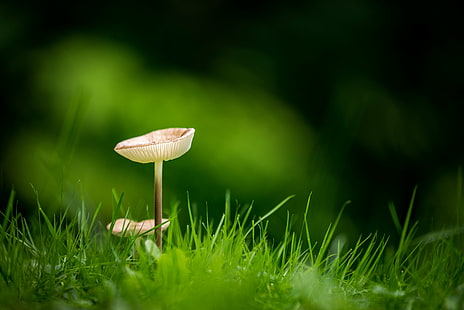WHY MUSHROOMS ARE THE FUTURE OF SUSTAINABLE AGRICULTURE
In recent years, there has been a growing interest in sustainable food sources and urban farming. One crop that has emerged as a popular choice for urban farms is mushrooms. Not only are mushrooms highly nutritious, but they are also a sustainable food source that can be grown using waste products and require minimal resources. As a result, many urban farms are choosing to grow and sell mushrooms as a way to promote sustainable agriculture and provide fresh, local food to their communities. In this post, we'll explore why mushrooms are a sustainable food source, the benefits of growing and selling gourmet mushroom in urban areas, and how urban farms are leading the way in mushroom cultivation.
WHY ARE MUSHROOMS SO SUSTAINABLE?
Mushrooms are a sustainable food source for several reasons. First, they are highly efficient at converting waste products into food. Unlike traditional crops, which require large amounts of land, water, and other resources to grow, mushrooms can be cultivated in a controlled indoor environment using waste products like sawdust, straw, and agricultural byproducts. This means that they can be grown using materials that would otherwise go to waste, reducing the amount of waste sent to landfills and minimizing the environmental impact associated with food production.
Second, mushrooms have a short growth cycle, with some varieties taking just a few weeks to mature. This means that they can be grown year-round, providing a consistent source of fresh, local food even in areas with harsh climates. Moreover, because mushrooms grow in a controlled indoor environment, they are less susceptible to weather-related crop failures, reducing the risk associated with traditional farming practices.
Gourmet mushrooms are highly nutritious and offer a range of health benefits. They are a rich source of protein, fiber, vitamins, and minerals, making them an excellent addition to any diet. Furthermore, many mushroom varieties contain compounds like beta-glucans and polysaccharides that have been shown to boost the immune system, improve gut health, and reduce inflammation.
Mushrooms also require fewer resources to grow than traditional crops, making them a more environmentally friendly choice. They require minimal water and can be grown in small spaces, making them an excellent crop for urban farming. Additionally, because they are grown indoors, they require fewer pesticides and herbicides than traditional crops, reducing the environmental impact associated with agriculture.
Finally, mushrooms can be used to remediate contaminated soil and water. Some varieties of mushrooms have been shown to break down harmful chemicals and toxins, making them a valuable tool in environmental cleanup efforts.

Comments
Post a Comment